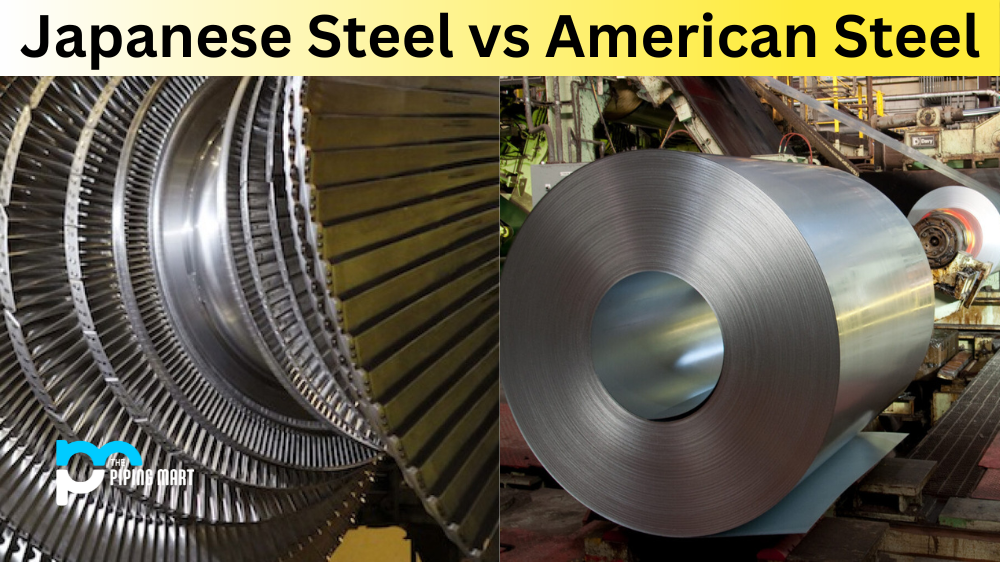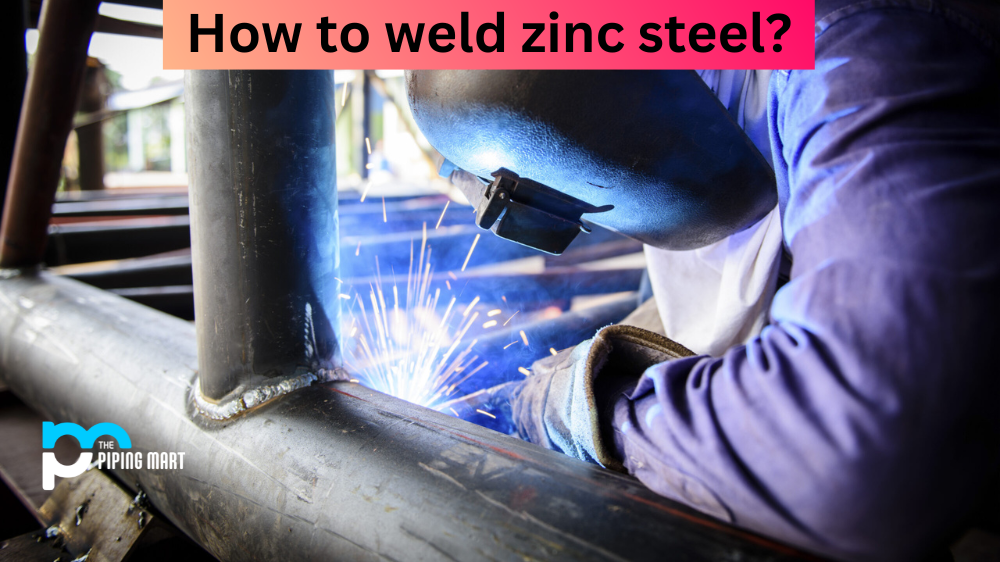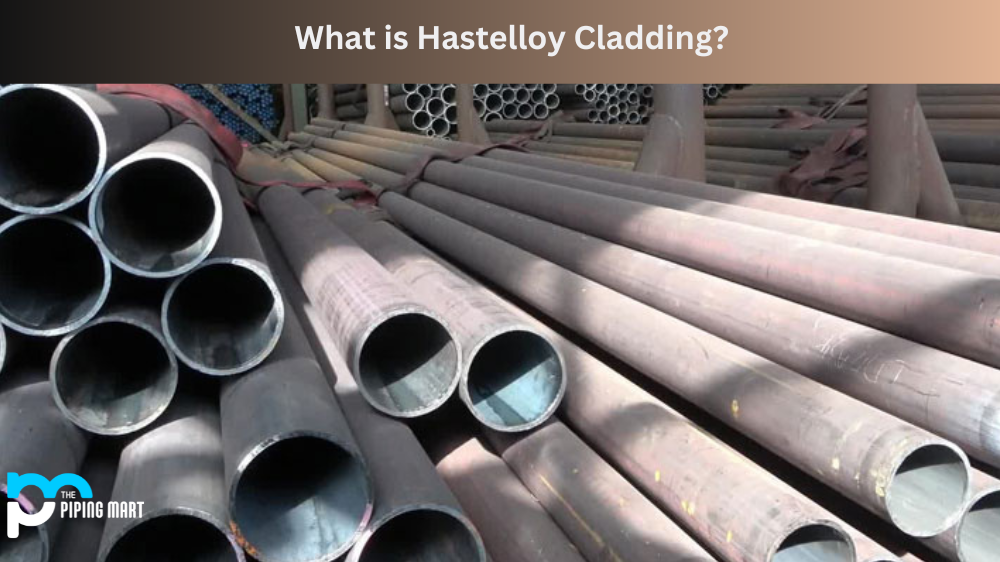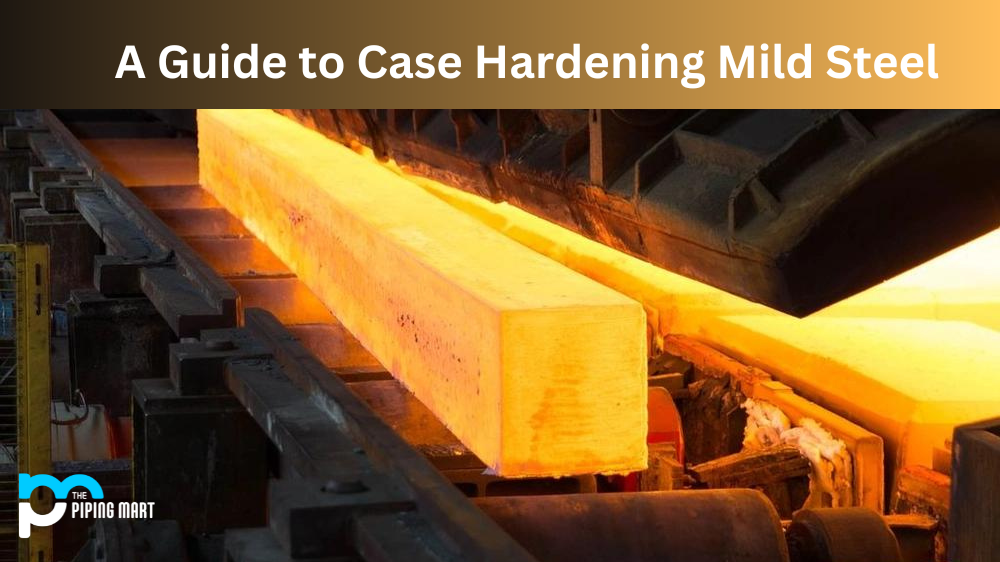Steel is an essential building material used in many industries, from construction to manufacturing. However, not all steels are created equal. Japanese and American steel are two of the most popular types of steel, each with its unique properties and benefits. This blog post looks at Japanese and American steel, compares their differences and similarities, and determines which is better.
Difference Between Japanese Steel and American Steel
Manufacturing Processes
Japanese steel is known for its exceptional quality, partly due to the country’s unique manufacturing process. Japanese steelmakers use methods like the oxygen-blowing converter, which removes impurities from the steel, and continuous casting, which creates an even, consistent product. On the other hand, American steelmakers use blast furnaces to make their steel. This method produces a lot of waste and requires more energy, but it does allow for higher production volumes. Ultimately, the manufacturing process impacts the quality and consistency of the finished steel product.
Strength and Durability
Japanese steel is typically stronger and more durable than American steel. Japanese steelmakers typically use fewer impurities in their production process, producing a purer end product. Japanese steelmakers also use quenching and tempering, creating highly resilient steel resistant to shock, stress, and wear. American steelmakers, meanwhile, often prioritize speed and volume over quality, resulting in steel that may need to be stronger and more durable in the long run.
Corrosion Resistance
Another key difference between Japanese and American steel is their corrosion resistance. Japanese steel is highly resistant to corrosion, thanks in part to the country’s humid climate. The steelmakers use surface treatment, which adds a layer of protective oxide to the steel’s surface, effectively preventing rust and corrosion. Due to how it’s processed, American steel may be more prone to rust and corrosion over time unless treated with protective coatings and finishes.
Pricing and Availability
Lastly, some price and availability considerations regarding Japanese and American steel exist. Japanese steel can be more expensive than American steel due to its superior quality and manufacturing techniques. Additionally, Japanese steelmakers may sometimes have a different production capacity than American steelmakers, meaning that it may not always be readily available. On the other hand, American steel is often less expensive and more widely available, but the quality may need to be more consistent.
Conclusion
So, which is better, Japanese steel or American steel? Ultimately, it depends on what you’re looking for. Japanese steel may be the better choice if you want strong, durable, and highly corrosion-resistant steel. However, if you’re looking for an affordable, widely available steel that can be used in a wide variety of applications, then American steel may be the better choice. Ultimately, both types of steel have unique properties and benefits, and your choice will come down to your specific needs and requirements.

A passionate metal industry expert and blogger. With over 5 years of experience in the field, Palak brings a wealth of knowledge and insight to her writing. Whether discussing the latest trends in the metal industry or sharing tips, she is dedicated to helping others succeed in the metal industry.




